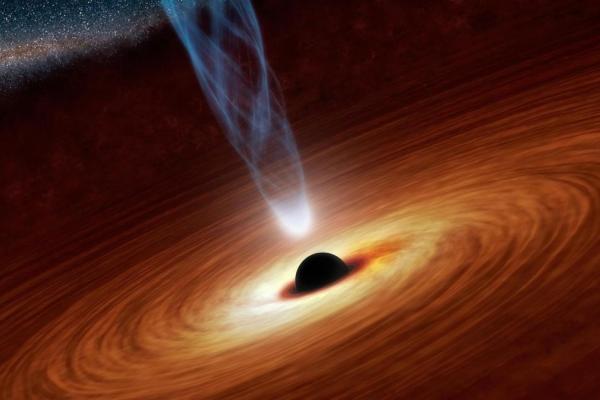
Title: Seeing to the Event Horizons of Supermassive Black Holes
Abstract
Supermassive black holes in the centers of galaxies power some of the brightest objects we see in the Universe; active galactic nuclei (AGN). Much remains unknown, however, about exactly how energy is released from the material falling in through the accretion disk, and from the black hole itself, to power these extreme systems, form a luminous X-ray emitting corona, and launch jets at almost the speed of light.
The X-rays emitted from the corona illuminate the material falling into the black hole and by measuring its reflection, we obtain a unique insight into the processes occurring just outside the event horizon. Most recently, measuring the echoes of X-ray flares emitted by the corona, we have been able to obtain the most detailed map of the structure of the inner accretion disk and corona, and have been able to detect the reverberation of the X-ray flare from material that should classically be hidden behind the shadow of the black hole.
The reverberation of X-ray flares is letting us see the corona evolve in real time and witness the effects of strong gravity and general relativity as the X-rays are bent around the black hole. This gives us important insight into the small-scale processes close to the event horizon that allow black holes to power these extreme objects and play their important feedback role in the formation of structure in the Universe.
Speaker: Dan Wilkins (Stanford University)
Artist rendition of a supermassive black hole (Image Credit: NASA/JPL-Caltech)
